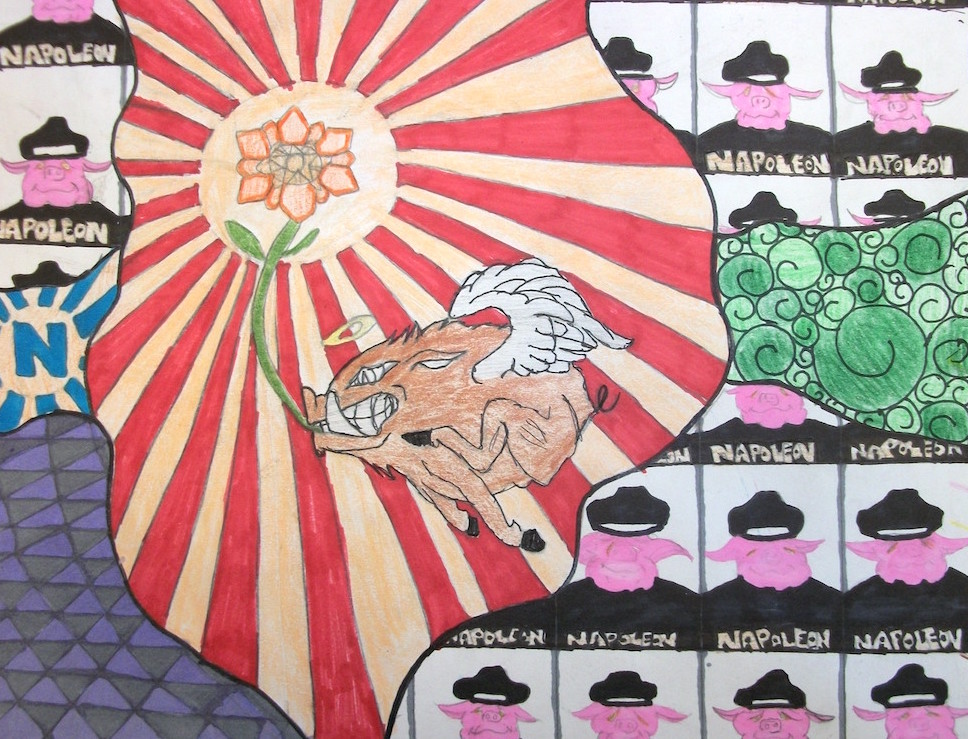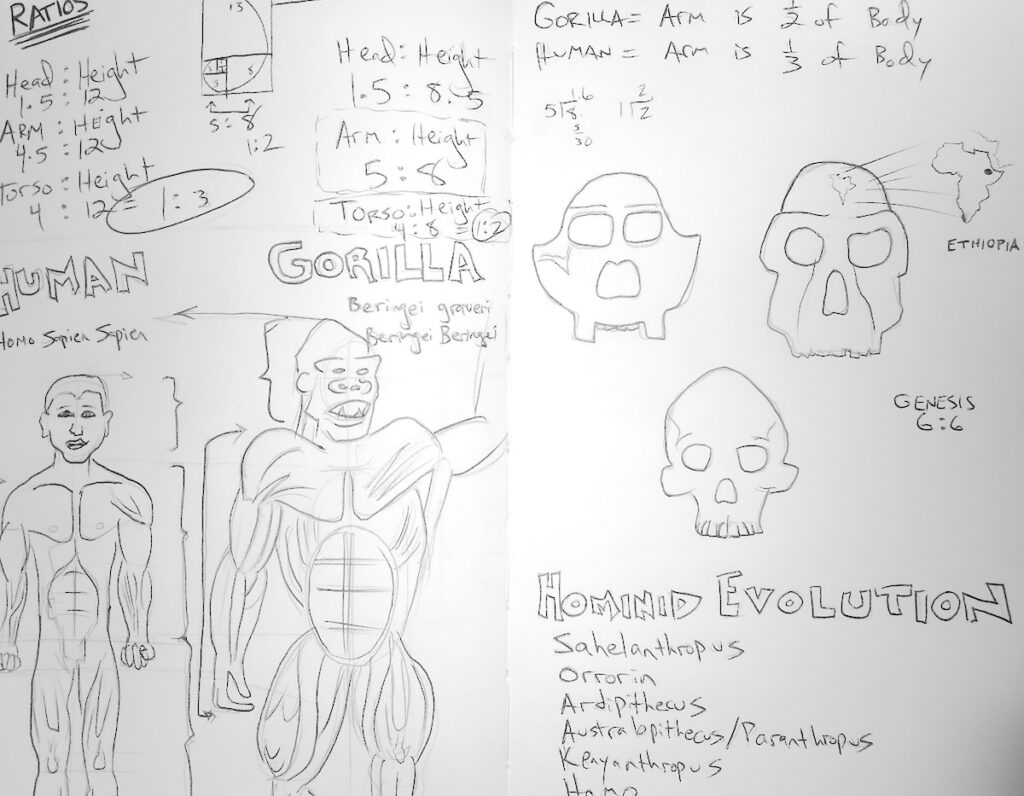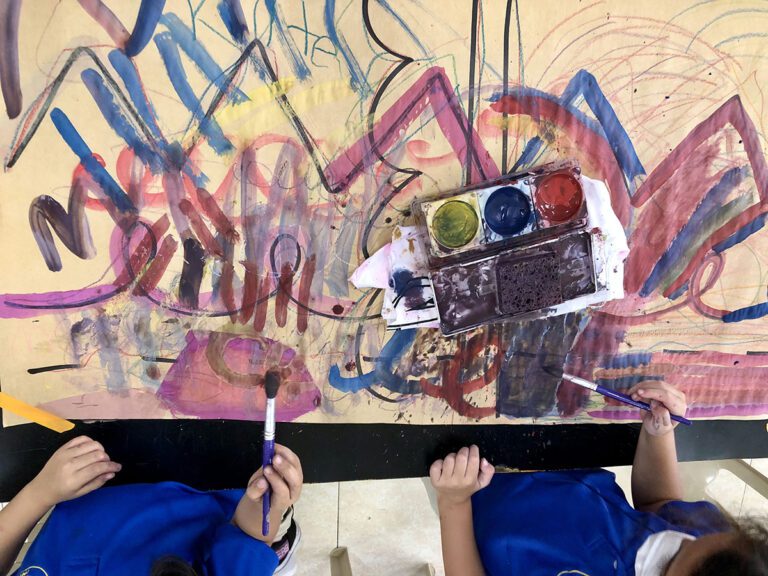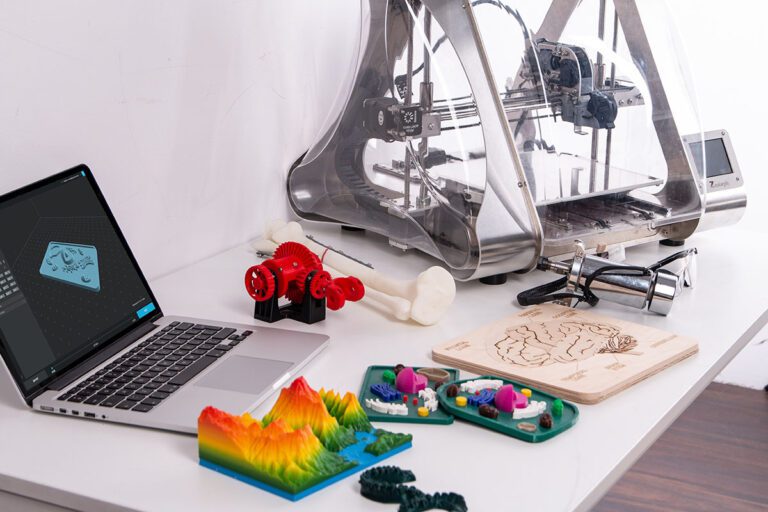Art education is riddled with frameworks and philosophies. However, there is one approach encompassing the best of all art education frameworks: Arts Integration. Integration develops the deeper thinking and learning abilities used in all other disciplines. It can also provide ample evidence for making art a core subject in an academic system.
Integration is being piloted at district levels in the California Bay Area. Julia Marshall is a professor of Art Education at San Francisco State University, as well as a consultant to the Alameda County of Education for Integrated Learning.

Marshall recently wrote an article titled, A Systems View: The Role of Art in Education, in the May 2016 issue of Art Education. I got a chance to sit down with Marshall to expand on the concepts of integration in her article and to discuss further steps for implementation.
Arts Integration: What It Is and What It Is Not
Arts integration is the product of arts-based inquiry. What differentiates integration from approaches like STEAM is that integration makes art the key lens through which students explore, conceptualize, and demonstrate deeper thinking and understanding. Through integration, art is at the forefront of how students investigate different topics. Marshall gave the example of a thematic study of ancient Greece. “Integration is not ‘let’s study Greece and in the social sciences students talk about wars, in math classes look at Pythagoras, and in art make Greek sculptures.’ That is thematic learning. Real integration uses the arts as the primary lens. Integration would ask students questions such as: What if you were a Greek artist? How would you interpret your time? What would you document and how would you do it?”
Integration embodies what frameworks like TAB and the Studio Habits of Mind value: choice-based art education with behaviors, not products, as the primary objectives. Marshall explains that art education is headed toward the assessment of the process. “The focus is not on color choices but rather the meaning, thinking, and reasoning that the artistic process generates. Assessment is in showing understanding of the world, on persistence, observation, and artistic behaviors.”

Workbooks: A Method for Integration Implementation
One successful integration method being used by students of all ages throughout the Bay Area is the workbook. The workbook is essentially a sketchbook given to each student. The workbook is used for writing, drawing, designing, questioning, and illustrating interdisciplinary content and connections. Students create a generative topic that interests them and they are then asked to explore it. Peer groups can be used for analyzing choices and determining which topics work best. The workbooks are then taken from class to class throughout days and weeks in order to conduct artistic research. Students follow the thread of their themes and topics throughout their day. Marshall observes, “In middle and high school, it’s the students who should be integrating, not the teachers. The students go from class to class and they are the ones who should be finding connections and patterns. The art room is the place to bring it all out.”
Marshall gave some specific workbook examples from Oakland city schools and Berkeley High School. One student chose to focus an inquiry around zoo animals. The student went to a zoo, used her workbook as the soil to cultivate ideas and document connections and demonstrated a dynamic progression in thinking. The student documented similarities between human anatomy and various animals. The anatomical investigation inspired further research and illustration into comparative evolutionary theory. Study of reincarnation came about as a next step in this student’s inquiry-based process. In a final summative project, a metaphorical zoo display was created to examine the relationship between humans and animals.

Steps and Resources for Integration
According to Marshall, one small step that can be taken toward integration is to refocus central questions away from which techniques students will use to what concepts students need to grapple with and understand. Start with what larger understandings students should achieve first, and then build the art skills up to help manifest those understandings. The key is a shift in thinking from products to behaviors. Another entry point comes from asking students what interests them and what bothers them. Studio Habits of Mind is a great framework for assessment.
Integration is invigorating because it can be successfully executed by even the most isolated of art educators. STEAM and PBL models can require hours of collaborative time and visionary leadership to be properly executed. Integration can alleviate the struggles of interdisciplinary staff collaboration. Marshall suggests that some crucial resources for integration can be found through Project Zero: Teaching for Understanding. Another online resource is Making Learning Visible.
A dynamic resource for integration is a book written by Marshall and David M. Donahue titled Art-Centered Learning Across the Curriculum. The book gives concrete examples of how to incorporate integration using contemporary artists and every core discipline within the school system. Marshall acknowledges art teachers are not always experts in other academic content, and the purpose of this book is to give insight into integration and steps on how to make it work. There is even an instructional guide to developing an integrated curriculum.

Conclusion: Integration as Art’s Central Academic Role in the School System
As artist educators, we know how vital the arts are for developing multiple intelligences. When taking an integration approach, we can also provide evidence for the central role art can play to foster academic success in all disciplines. Marshall believes art classes can become the catalyst for deeper thinking, understanding, exploring, and independent learning.
Integration encourages students to create knowledge and contribute to the growth of knowledge, rather than be passive receptacles of it. Integration can help students think systemically and see the bigger picture of where they fit into the world. Marshall elaborates, “Through integrative practice, students see a bird and then expand their thinking about the entire ecosystem that bird is a part of. They contemplate the notions of biodiversity, evolution, and how human beings have learned to fly by observing the bird.”
What kinds of experiences have you had with integration?
What other questions or concerns does integration raise?
Magazine articles and podcasts are opinions of professional education contributors and do not necessarily represent the position of the Art of Education University (AOEU) or its academic offerings. Contributors use terms in the way they are most often talked about in the scope of their educational experiences.





